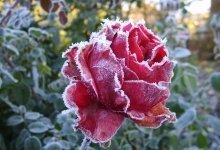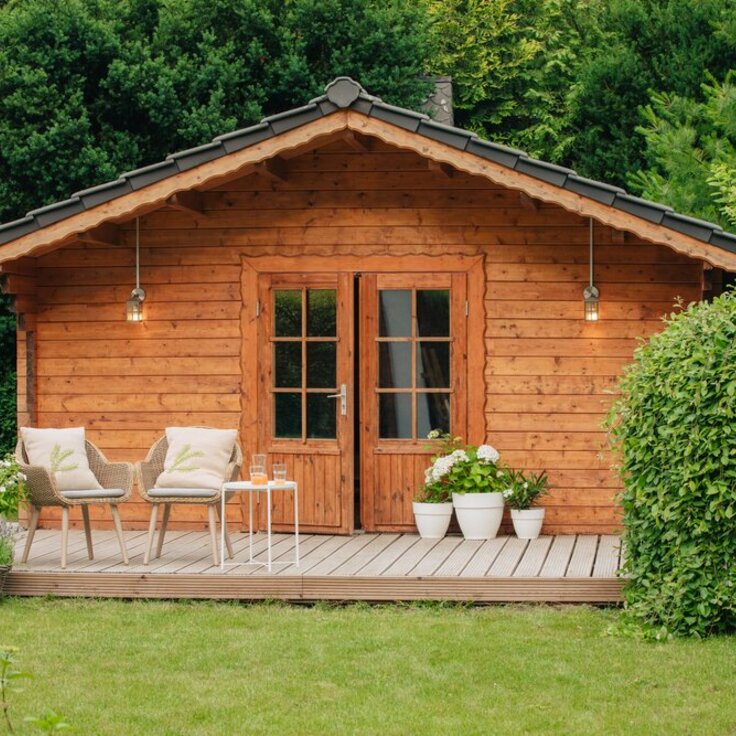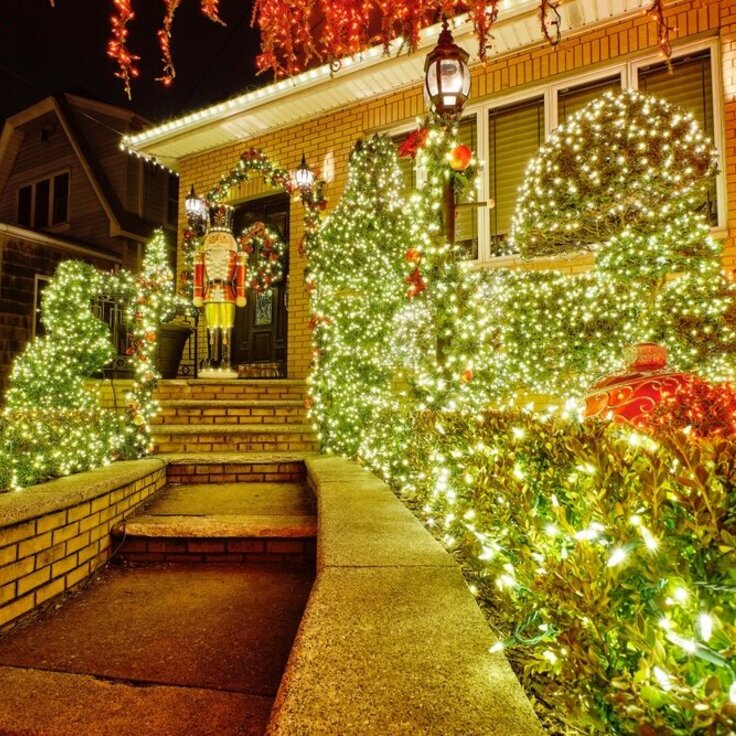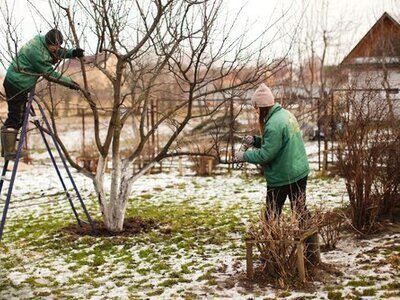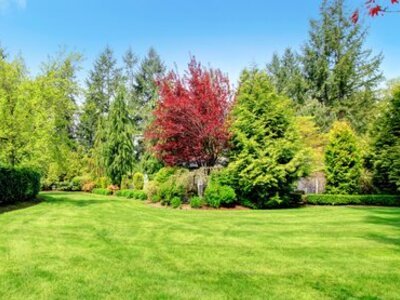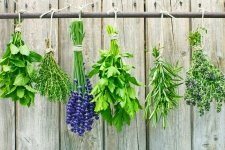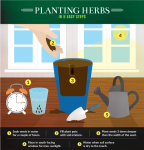Soggy Soil?
Wet soil might seem like a small problem to those who live in hot, drought-prone areas, but for the gardener who faces boggy or clay-heavy soil, finding the right plants can be quite a challenge. Many plants don’t survive particularly wet conditions because of a lack of oxygen. While there are numerous water-loving plants that enjoy a shady environment, not all wet soils are in the shade. These factors can make designing an area with wet soil very time consuming. So what's a dedicated gardener to do? Read on! Collected below are six plants that will make good use of your soggy soil. All are hardy in a wide range of zones and require varying amounts of sun.
6 soggy soil lovers
1. Summer Snowflake - Leucojum aestivum
Despite its name, summer snowflake is an early blooming bulb - it makes its appearance right in time with the daffodils and hyacinths. A member of the amaryllis family, it has delicate white flowers that droop atop long, thin stems. It's skinny, dark green leaves reach 12-24 inches long and the plants naturalize into attractive clumps. This is an exceptionally easy bulb to grow and is quite happy in light shade to full sun. Though it does best in moist, well-drained soil, it is quite versatile and tolerates clay or waterlogged areas well. Plant them in the autumn months at a depth of 2-4 inches, spaced 6 inches apart. Hardy in zones 4 through 9. (In zone 9 it will bloom in both winter and late fall.)
2. Marsh Marigold - Caltha palustris
A perennial, marsh marigold provides sunny yellow flowers from April to June. This mid-sized plant matures at 8-24 inches tall with big, broad, shiny leaves at the base. It's an easy plant to grow, requiring only moist or boggy soil and some sun to produce its cheery bloom. It can also be planted in containers if kept quite damp. Plant them 15-18 inches apart for best results. Hardy in USDA zones 4-9.
3. Meadow Rue - Thalictrum rochebruneanum (Also known as "Lavender Mist")
Meadow Rue is an herbaceous perennial from the Ranunculaceae family. Arriving at full heights of four to six feet, it's quite showy and provides a nice contrast to other plants at mid-height. It has fine lace-like foliage, and tiny purple flowers atop tall stems that make their appearance in late summer. For the most splendid display grow these lavender flowers in a mass as a background plant. Meadow Rue likes a bit less moisture than some of the other plants listed, and does best in medium-wet soil with dappled shade. Though it doesn't grow especially well in especially hot locales, it can tolerate full sun as well. Hardy in zones 4-7
4. Yellow Flag Iris - Iris pseudacorus
This iris stands four feet tall and shows off 4-12 bright yellow flowers on each stalk in early spring. When grown in very wet conditions it should receive full sun if possible; it also grows in drier locations with partial shade. In the wild, yellow flag can be found in marshy areas, often growing in shallow water. This makes it a great candidate for growing in a container filled with rich soil which can then be placed in a garden pond. The stems make nice cut flowers with blooms lasting several days to a week. Hardy in zones 4-9
Grasses and ferns can help to create structure in any garden. These next two plants stand strong among the more dainty flowers that are typical of the shade garden.
5. Black-Flowering Sedge - Carex nigra
A somewhat low-lying grass (6-9 inches high), black-flowering sedge makes an excellent border plant. Its blue-green foliage creates a sense of movement with gentle twists from the center outward. It remains green throughout the winter in the warmer parts of the country, as well as during mild winters in many other areas. It is easy to grow in wet soils, even thriving in shallow water! Partial or full shade is ideal for this grass, but it will tolerate sun as long as the soil remains wet. Over time the clumps will spread, making it a good ground cover for low-lying areas and those that border ponds or other bodies of water. Hardy in zones 4-8, with dark chocolate-colored flowers in spring.
6. Royal Fern - Osmunda regalis
Like most ferns, osmunda regalis needs partial to full shade to look its best, but it can be grown in sun as long as the soil is moist. Tall and regal, it stands anywhere from two to five feet in height, with a bright chartreuse foliage. Its natural habitat is along streams or wet meadows, making it a perfect fit for the damp garden. Royal fern is quite large and needs adequate space; it makes an excellent accent plant beneath trees or in difficult to reach corners. The leaves will begin to turn yellow in autumn, but don't cut it back until late winter. Plants can be safely divided any time from September through March. This low-maintenance plant is hardy in zones 3-9.
Whatever plants you choose for your damp location, be aware that it can be difficult to get them established when conditions are excessively wet. For the best chance of success, plant in mid to late spring whenever possible.


